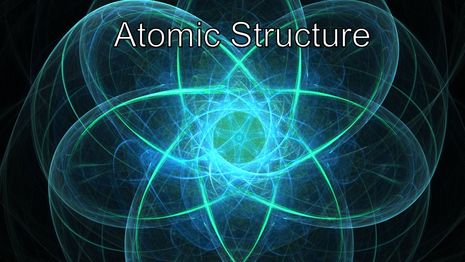NC STANDARDS
Chm.1.1 Analyze the structure of atoms and ions.
Chm.1.1.1 Analyze the structure of atoms, isotopes, and ions.
Chm.1.1.2 Analyze an atom in terms of the location of electrons.
Chm.1.1.3 Explain the emission of electromagnetic radiation in spectral form in terms of the Bohr model.
Chm.1.1.4 Explain the process of radioactive decay using nuclear equations and half-life.
Chm.1.1 Analyze the structure of atoms and ions.
Chm.1.1.1 Analyze the structure of atoms, isotopes, and ions.
Chm.1.1.2 Analyze an atom in terms of the location of electrons.
Chm.1.1.3 Explain the emission of electromagnetic radiation in spectral form in terms of the Bohr model.
Chm.1.1.4 Explain the process of radioactive decay using nuclear equations and half-life.
ESSENTIAL QUESTION
How can scientist use models to prove what happens at the molecular and atomic level, if we can’t see the atoms and molecules themselves?
How can scientist use models to prove what happens at the molecular and atomic level, if we can’t see the atoms and molecules themselves?
